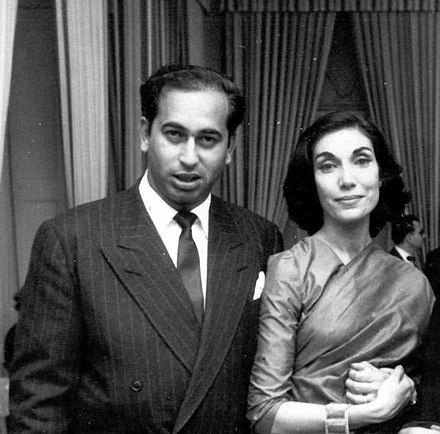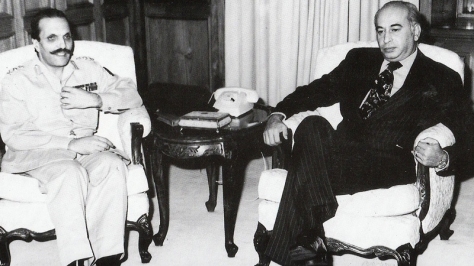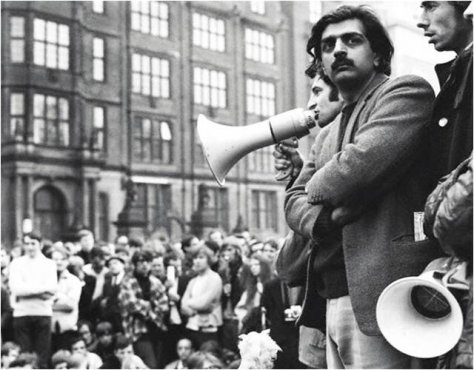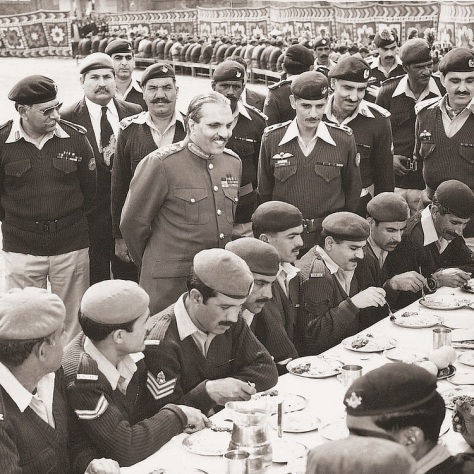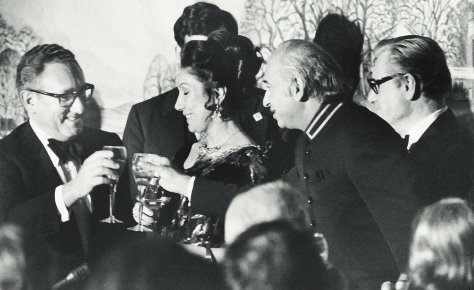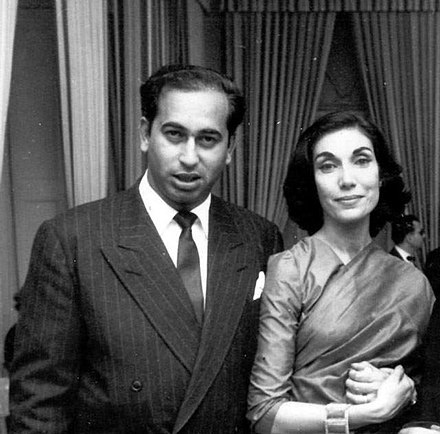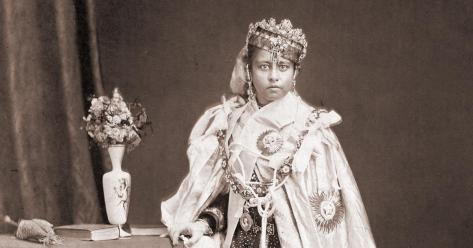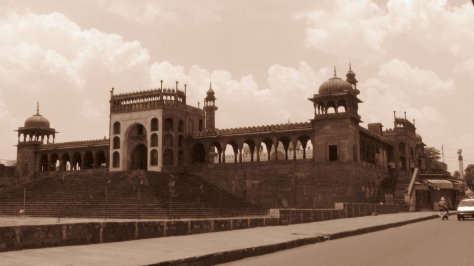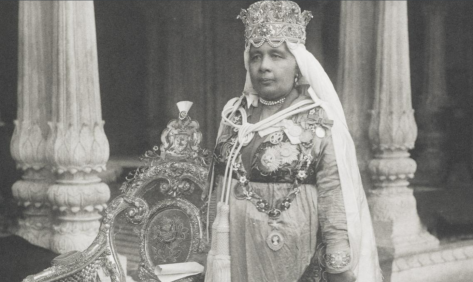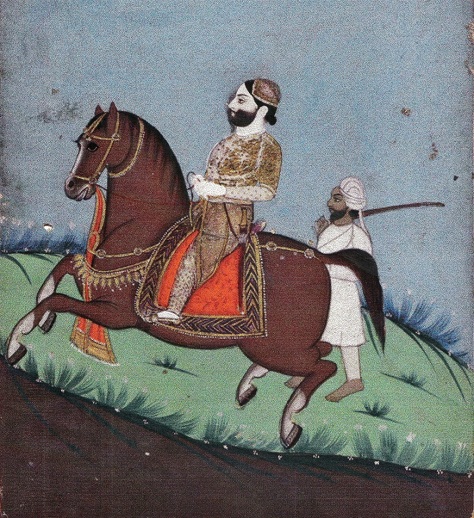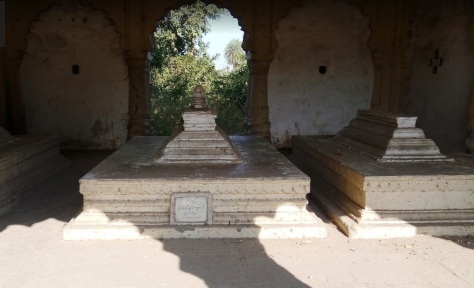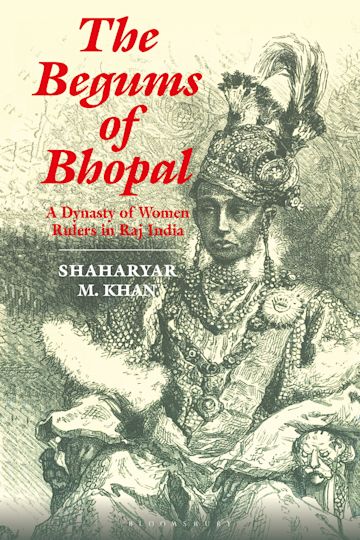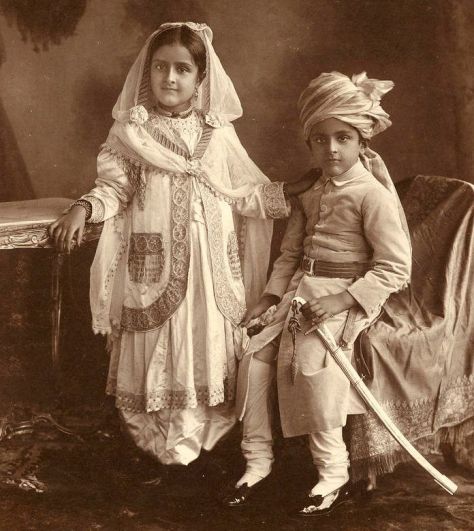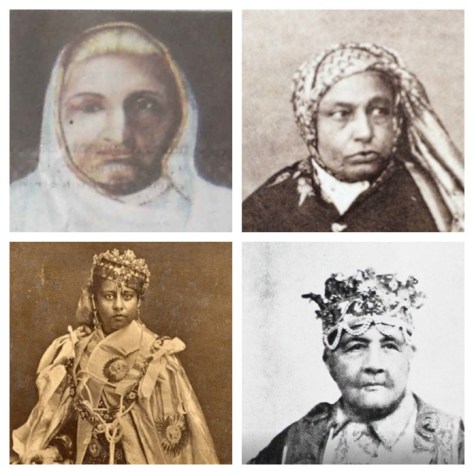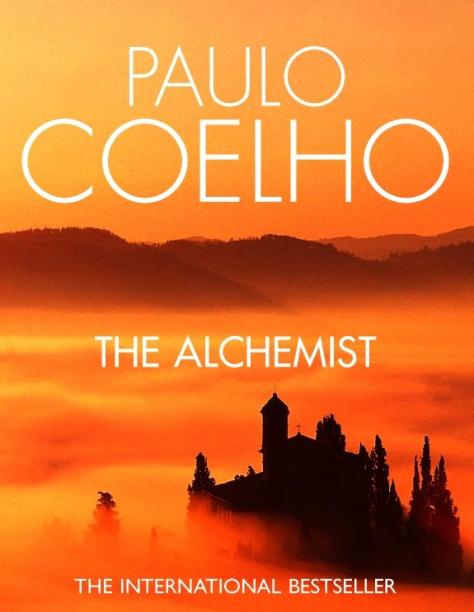AUTHOR
S. Hussain Zaidi is a former crime reporter, investigative journalist, and novelist whose books based on Mumbai crime became bestsellers. His in-depth extensive research on the Mumbai underworld set a platform for the Bollywood industry and international authors.
Zaidi developed fame and respect as an author after publishing his first book, Black Friday in 2002. The book that dealt with the 1993 Bombay Serial Blasts became the source for Anurag Kashyap’s second directional project with the same title. Popular Bollywood films of the last decade like Phantom, Class of ’83, Shootout at Wadala, and recently Gangubai Kathiawadi are all based on Zaidi’s books.
THE BOOK
Dongri to Dubai is a complete chronicle of the Mumbai mafia. It took six years of research, compilation, verification, and writing the entire material that Zaidi gathered and shaped into a book.
Dongri to Dubai is a favor to all the historophiles who are enthusiastic to go deep in thinking and questioning the origins of the crime that shaped the most powerful syndicate in Mumbai for decades. It is a treasure that the hunters were in quest of while wandering on the mysterious island.
TRINITY
Mumbai and to some extent Karachi are historically the South Asian New Yorks that cultivate a lot of communal and regional backgrounds due to immigration. Dongri to Dubai educated me a lot about the criminal history of Mumbai. It is unusual and geographically diverse.
Decades ago, the Mumbai mafia was ruled by three powerful dons and none of them were Marathis. Two of them were Tamilar and the other was a Pathan, all immigrants.
One arrived in Mumbai with his father from Panankulum when he was eight years old. He worked in a cycle repair shop and earned 5 rupees a day for 12 years. And then worked as a coolie at the dock for three years. Met an Arab sheikh, began smuggling for him, proved his loyalty, became his partner, and during this progress, ruled the South West Mumbai – Mastan Mirza (also known as Haji Mastan).

The other came from Vellore where he was an errand boy at a photography studio when he was seven. In Mumbai, he also started as coolie but at a railway station. There he connected with people who were involved in the liquor trade. His progress in the liquor mafia rose to the emergence and soon became the don of Central Mumbai – Sathuvachari Varadarajan Mudaliar (also known as Varda Bhai and Kala Babu).

And the Pathan came from Peshawar when he was in his mid-twenties. He first started his gambling den. Then he became a moneylender. A Kabuliwallah standing almost 7 feet tall! He became a haunting figure in kicking people out of their residences. Abdul Karim Khan (also known as Karim Lala).

THE DON

Although Zaidi writes about many dons and gangsters but ‘Dongri to Dubai’ centrally focuses on the one who outsmarted all the previous dons in the city – Dawood Ibrahim.
I liked the idea of introducing the central character after eight chapters. Zaidi settled the readers to understand the origins of Mumbai crimes and their big daddies before making us read the story of the Godfather.
I wholeheartedly appreciate the effort Zaidi made in the entire research that gave the readers an idea about how the city suffered bloodshed, violence, and heinous crimes when Dawood emerged as the new don. It was as if I wasn’t reading about Don but the script of a film where the leading actor is a don as well as an antihero. Son of an honest policeman, a close friend of a journalist, the failure of his first love affair, a brother brutally murdered by his enemies, a cop assisting him to outdo his rivals, etc.
PATHAN-KASKAR RIVALRY

One of the most captivating aspects of reading this book is the wild enmity between the Pathans of Karim Lala and the Kaskar brothers led by Dawood. It was intense and they were bloodthirsty to dominate each other. Almost half of the book is about this saga. And the continuity is so intriguing that the reader cannot discontinue reading at all. The research of the author indicates that Karim Lala’s goons were bigger trouble than the Kaskars.
BOLLYWOOD

I have watched Hindi films all my life and observing the stories of the film centralized on crime action thrillers, I always wondered why this was usually a norm to cash the audience’s money besides romance. If you travel back to the 1950s when that Bollywood phase was considered the golden age, rarely did a film based on crime and action developed for the audience. The crime-action thrillers began to make rounds in the 1960s and more prominently from the 1970s, a trend that shaped the entire existence of the industry.
This change in transition occurred due to the rise of these three dons along with other secondary dons and interesting crime and gang stories that gave the writers and directors some interesting ideas to captivate the audience. Popular films like Zanjeer, Deewar, Shakti, Dayavan, Nayakan, Parinda, Angaar, Satya, Company, Vaastav, Gangster, Once Upon A Time in Mumbai, Shootout At Lokhandwala, Shootout At Wadala, D-Day were all based on real-life gangsters or crimes that happened in Mumbai.
Almost every single don’s origin story followed by interesting minor and major events reminds me of old Bollywood action films of the 1970s and 80s. How much were the directors obsessed with and influenced to make the films for the audience to tell their stories? Thanks to this book that makes me realize that Dilip Kumar–Amitabh Bachchan starrer Shakti is pretty much about Dawood Ibrahim and his father Ibrahim Kaskar who was an honest cop but the former chose the bad side.
The partnership of Inspector Ranbeer Likha and Dawood Ibrahim reminds me of Zanjeer but Pran’s iconic role of Sher Khan was more of Karim Lala. In my further cognizance after reading this book, Aamir Khan’s Ghulam may not have come to anyone’s radar but I think that too was based on Dawood. His brother was killed like Dawood’s own and Sharat Saxena’s villainous muscle character of Ronak Singh was definitely based on Baashu Dada, the wrestler and goon of the Teli Mohalla neighborhood. Ghulam concluded with Ronak badly beaten by Siddhu and running away in humiliation exactly like Dawood and his boys beat Baashu and his gang and made them run away as described in the book.
Besides the film narrating the life of real gangsters, the book also details the underworld connections with B-town and a few celebrities who suffered consequences like Chota Shakeel financing ‘Chori Chori Chupke Chupke’, Mushir Alam’s kidnapping, Gulshan Kumar’s murder, Monica Bedi running away with Abu Salem, etc. There is one complete chapter on how Mandakini’s career suffered after her pictures with Dawood Ibrahim circulated.
THE PAKISTAN-CONNECTION
The book is divided into two halves. The first half has 35 chapters and the next has 28. The author emphasizes in the latter that Dawood was helped by ISI and Pakistan government in the 1993 Serial Bombings as an act of Muslim revenge on the Hindus demolishing the historic Babri Mosque. Not only did the author connect the dots but he even wrote about his running mafia while living in Karachi after a few years of residing in Dubai. The book also presses that Chota Shakeel and Iqbal Memon were in Karachi with Dawood when they were searching for Chota Rajan around the world.
MY FAVORITE MOMENTS/HIGHLIGHTS IN THE BOOK
There are dozens of moments where Zaidi’s description made me WOW. I will just drop ten unranked moments from the book that are still sharp in my mind.
- Meeting of two Tamil dons at the police station.
- Dawood and his gang beating Baashu Dada and his pehelwans.
- Killing of Iqbal Natiq.
- Khaled Pehelwan’s brutality on Ayyub Lala and Saeed Batla.
- The rivalry between Ibrahim Dada and Bada Johnny.
- Chota Rajan escaping death in Bangkok.
- Shootout at Lokhandwala.
- Shabir Ibrahim’s murder.
- Gulshan Kumar’s murder.
- Assembling of all rival gangsters at Haji Mastan’s residence.
CLOSING REMARKS
There is a lot to write about the book and I know the details that I am still missing. But to review this book needs its own book or a documentary. Because the ‘Dongri to Dubai’ saga is written in almost 400 pages and details dozens of stories and I cannot touch each of these in my review.
The book heavily condemns the failures of the police, the court, and the government. But also describe their efforts to somehow control the crime rate. It was important to inform the readers that if the police failed on some occasions, then the police also played their part in their war against the mafia.
‘Dongri to Dubai’ successfully declares that Dawood indeed is the biggest don of the city. He is irreplaceable due to the social and cultural impact he has set. Readers who are enthusiastic about reading a criminal history of a certain geographic area should read this. Especially if the reader is a hardcore fan of Bollywood films of all ages.
Now the most complicated argument for a Pakistani reader of ‘Dongri to Dubai’. Where is Dawood? Is he really in Pakistan if not Dubai? Did ISI or the Pakistani government really play their part by partnering with Dawood? It all sounds above the clouds to me.
Several years ago, I tried to read this book twice. First, I read a few chapters but the workload halted my reading progress. Second, I finished almost half of the book and got to know that Dawood is expected to settle in Pakistan. I didn’t make up my mind to read further because, at that time, I felt that the book might turn out to be a fake narration to convince the theory that Dawood is in Karachi and somehow the Pakistan military or the government is involved.
On my third attempt, I finished reading it. And I must admit that a book about the Mumbai underworld requires bullet detailing, a strong narrative, and perspective. And ‘Dongri to Dubai’ is a profitable outcome in the name of research about the criminal history of the city.
From a constable catching some Pathan robbers after the money heist in 1947 to Dawood Ibrahim showing up in Forbes ‘Most Powerful People’ in 2009, Zaidi has covered plenty of crime sagas in almost 400 pages.
See, I have no knowledge about Pakistani terrorism on India’s land and vice versa. There is no peace in fighting wars. A lot of theories can be developed in the historic rivalry between the two countries. But as far as Dawood’s whereabouts are concerned, yes there is a possibility that he may be in Karachi or in any other remote area hiding somewhere or living openly and lavishly. Why not? If Khalid Sheikh Mohammed, Ramzi Bin al-Shibh, and Osama Bin Laden can be found in Pakistan, then why cannot Dawood Ibrahim?

SUBSCRIBE TO MY YOUTUBE CHANNEL AND WATCH MY BOOK REVIEW HERE
FOLLOW ‘THE DARK KNAIK’ ON OTHER SOCIAL PLATFORMS
TIKTOK https://www.tiktok.com/@thedarkknaik
FACEBOOK https://www.facebook.com/thedarkknaik
INSTAGRAM https://www.instagram.com/thedarkknaik/











